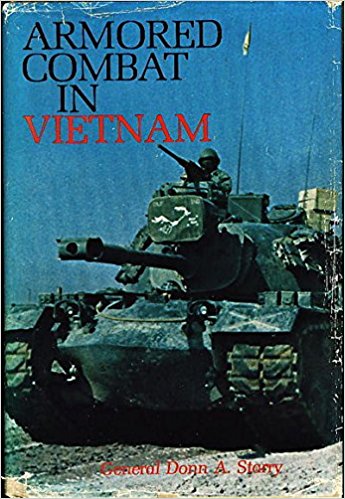
This article caught my attention (updated the link): https://uk.news.yahoo.com/us-military-might-not-best-164000460.html
I remember observing a National Training Center (NTC) rotation around 2000 (the map shown above is not from this exercise). It was an armor or mechanized brigade and an air mobile brigade against the usual reinforced company of very experienced defending opposing forces.
One of the first disasters occurred when the air mobile brigade decided to conduct an insertion against an opposing force (OPFOR) that was completely ready for this. They ended up loosing a number of helicopters and were halted. So much for their “verticle envelopment” effort. Interesting enough, in 2003, outside of Baghdad, I gather we attempted the same thing, with similar results. An army fights as it trains.
The other early disaster was an early morning (still dark) attack that failed to take a large hill in the south of the battlefield that was enemy occupied. This hill gave the defenders complete oversight of the entire U.S. armored brigades’ attack in the morning.
Still, with the vertical envelopment having failed, and with their flank not covered, they then attacked forward with rather predictable results, especially when they hit the minefield that extended across the open area of the battlefield. It turned out that the brigades’ engineering assets were still in the rear. It took some time (read: hours) to bring them up. In the meantime the brigade was stranded in the middle of a wide-open desert area that was over-watched by the enemy. This experience may have been a career killer for the brigade commander.
Their only success came from an attached “Ukrainian armored company” that was not Ukrainian, but was actually people from the opposing forces playing an attached foreign contingent. They managed to maneuver through some rocky area on the north side of the battlefield, because they knew it intimately, bypassed the minefield that was holding up the rest of the brigade, and flanked the defenders. I gather this won the battle for the attackers.
Anyhow, I have no knowledge that allows me to comment on Captain Metz’s article, other than to note what I saw in my observation of a NTC exercise.




